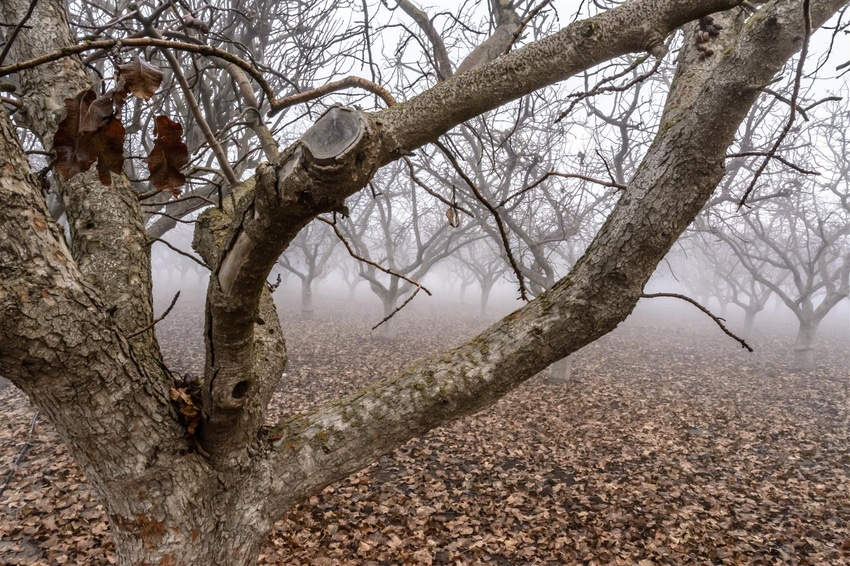
Winter across California has been a tale of two seasons in the past couple years.
Last year this time we were coming off a wet December. Little did we know at the time, but the taps would largely be in the “off” position for a couple months before faucets reopened and liquid gold began falling from the skies.
Knock on wood, that hasn’t happened. At least not yet.
Let’s hope it doesn’t.
Forecasters are calling for an “atmospheric river” to pummel California this week and bring continued blessings to a state parched by several years of severe drought conditions.
All this rain and snow is a good thing for Mediterranean Climate zones that produce the volume of food as California does.
The recent December freeze that kept citrus growers up at night wasn’t the blockbuster of previous seasons. Instead, it helped growers leave fruit on the trees rather than rush to harvest them.
Now they’re rushing as I write this because heavy rain is expected later this week in the San Joaquin Valley. The rain will put a temporary halt to citrus harvest as I’m told the fruit cannot be picked when it’s wet as it damages the fruit.
Meanwhile, tree nut growers were shaking their trees as part of their winter sanitation protocols to remove “mummy” nuts, a necessary activity to rob pests like the Navel orangeworm from a place to hunker down and over-winter.
Navel orangeworms, later in the growing season, can wreak havoc and cause yield losses in almonds and pistachios.
On the flip side of the natural water blessings California is experiencing, the State Water Board is moving ahead with plans to take half the natural flows from several key rivers used to irrigate millions of acres of farmland and produce billions of dollars’ worth of crops.
The decision isn’t final and likely won’t be until later in the year. Though thousands of farmers and others reliant on waters from the Stanislaus, Tuolumne and Merced rivers spoke in unified opposition to the state’s plans, the looks on the faces of water board members at public hearings suggested they were simply going through the motions to do what they want, regardless of how damaging it will be to the state’s economy and the people who live here.
This certainly won’t be the only challenge farmer’s face in 2017. Regardless of whether Mother Nature calls an end to the climatic drought, regulators and lawmakers appear to be laser-focused on continuing their regulatory drought in California.
Time will tell how effective the promises of the upcoming Trump administration will be to pull back on the onerous rules, regulations and laws keeping California farmers from adequate water supplies.
Meanwhile, bring on the rain.
About the Author(s)
You May Also Like






